Skim by Section
★ Why You'll Love this Recipe ★
Why Poach an Egg?
Poached eggs are the best of both worlds—tender whites and perfectly runny (or firm) yolks without the need for butter, oil, or non-stick spray. No crispy, burnt edges, just a smooth, delicate egg that’s cooked evenly every time.
Not Just for Fancy People
I used to think poached eggs were only for restaurants until I saw one on avocado toast—life-changing! They’re simple, versatile, and elevate everyday breakfasts without extra effort.
Perfect Yolk Control
Want a runny yolk? Cook for 4 minutes. Like it firmer but still soft? Go for 4 ½ minutes. Prefer fully cooked? Leave it in for 5. Poaching gives you total control over your egg’s texture.
Easier Than You Think
Poaching sounds tricky, but with a Mason jar ring, it’s practically foolproof. I nailed it on the first try thanks to this trick I picked up from a favorite food blog. If I can do it, you can too!
★ Ingredients You'll Need ★
You'll just need an egg to make the poached egg but here's a look at everything you'll need to make a poached egg served on top of a toasted bagel.
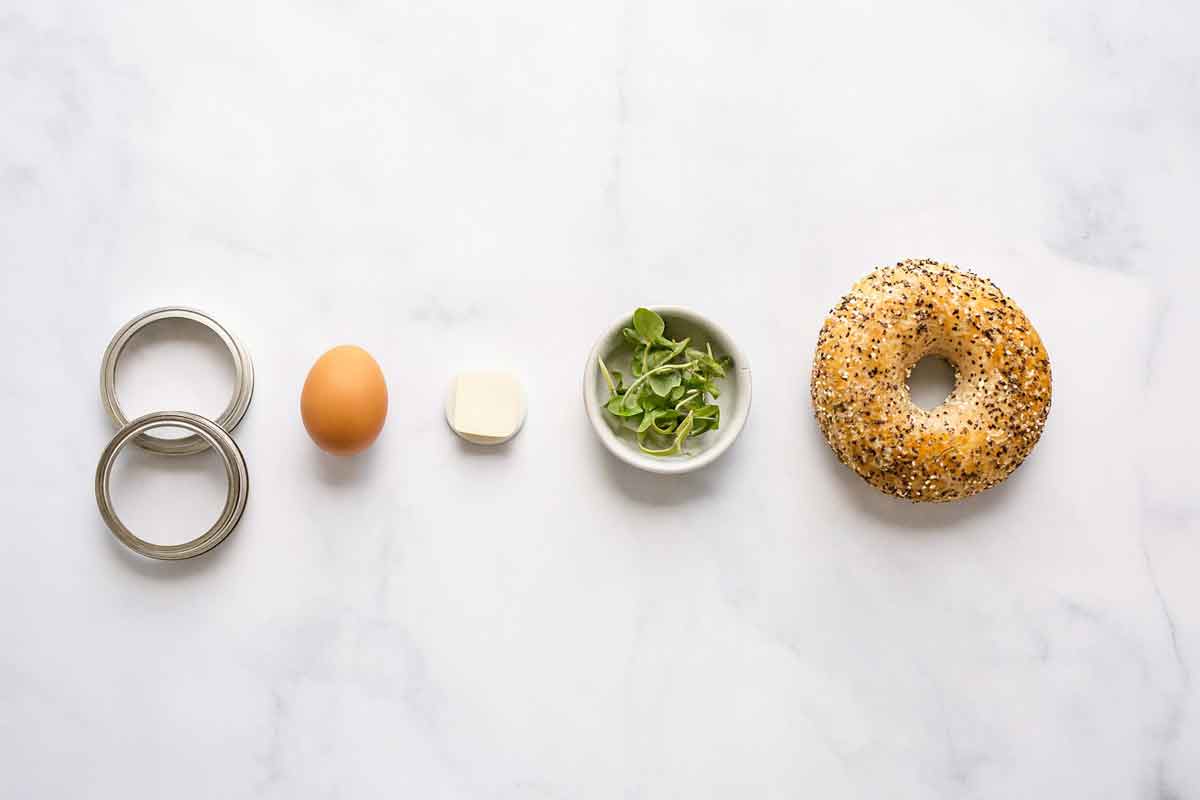
- Egg
- Butter, or oil to grease the rings. and two mason jar rings.
- Everything bagel. Or toast.
- Microgreens or mashed avocado.
- Mason jar rings or an egg ring
You may want to season your egg with salt and pepper as well.
★ Tips & FAQs ★
Final cool thing about the mason jar lid trick is that if you use a large pot or skillet then you can cook several poached eggs at once. Pretty much however many mason lid jar tops (just the ring) you can fit into your pot, that's how many poached eggs you can cook. So hurray! for making a tricky cooking technique super easy and achievable for the not-so-fancy cooks like me (and maybe you too?).
If you don't already have a metal Mason jar ring laying around, check out these cute silicone ones. Truly these would probably work even better than the metal rings because I did notice that the egg sometimes sticks to the metal and puts the yolk at risk of breaking as you remove it from the pot.
Now that you know how to make a perfectly poached egg on the first try, you might be wondering what goes well with them. Well, I have a couple ideas for you. The first one is my favorite breakfast of all time—Eggs Benedict. I just love the combination of the English muffin, ham, egg and Hollandaise sauce. This dish is surprisingly easy to make at home for as fancy as it looks and tastes. Get my recipes for Eggs Benedict and Hollandaise sauce. Here's a super healthy breakfast idea using poached eggs: Try my homemade low carb bagels, topped with smashed avocado, a little sea salt, a poached eggs and microgreens. So yummy and filling yet so good for you too!
The water may be boiling too hard or the egg is too fresh. Use gently simmering water and add a splash of vinegar to help the whites hold together.
★ More Egg Recipes ★
Want more breakfast or brunch ideas?
- Browse all my easy breakfast recipes.
- Browse all my easy brunch recipes.
This recipe for easy poached eggs using a Mason jar ring was featured on South Your Mouth!

Poached Eggs
Equipment
Ingredients
- 2 large eggs
Serve with
- 2 everything bagel
- 2 tablespoon avocado or microgreens
Mighty Mrs. is a #WalmartPartner.
Instructions
- Place two mason jar lid rings (without the center) into a large pot. Fill the pot with water just above the lids. Bring water to a boil then turn the heat off.
- Crack and drop an egg into each mason jar lid then cover the pot.
- Let the egg poach for 4-5 minutes depending on your yolk preference then remove gently with a spatula or slotted spoon.
- Serve on top of toast with your favorite shredded cheese and/or smashed avocado. Spice to taste.
Notes
- Grease the ring lightly so egg doesn't stick.
- Use a wide pot or pan
- Timing is key: Cook 4 minutes for runny yolks, 4 ½ for soft, and 5 for firm. Lift the ring with tongs, then gently slide the egg out with a spoon.

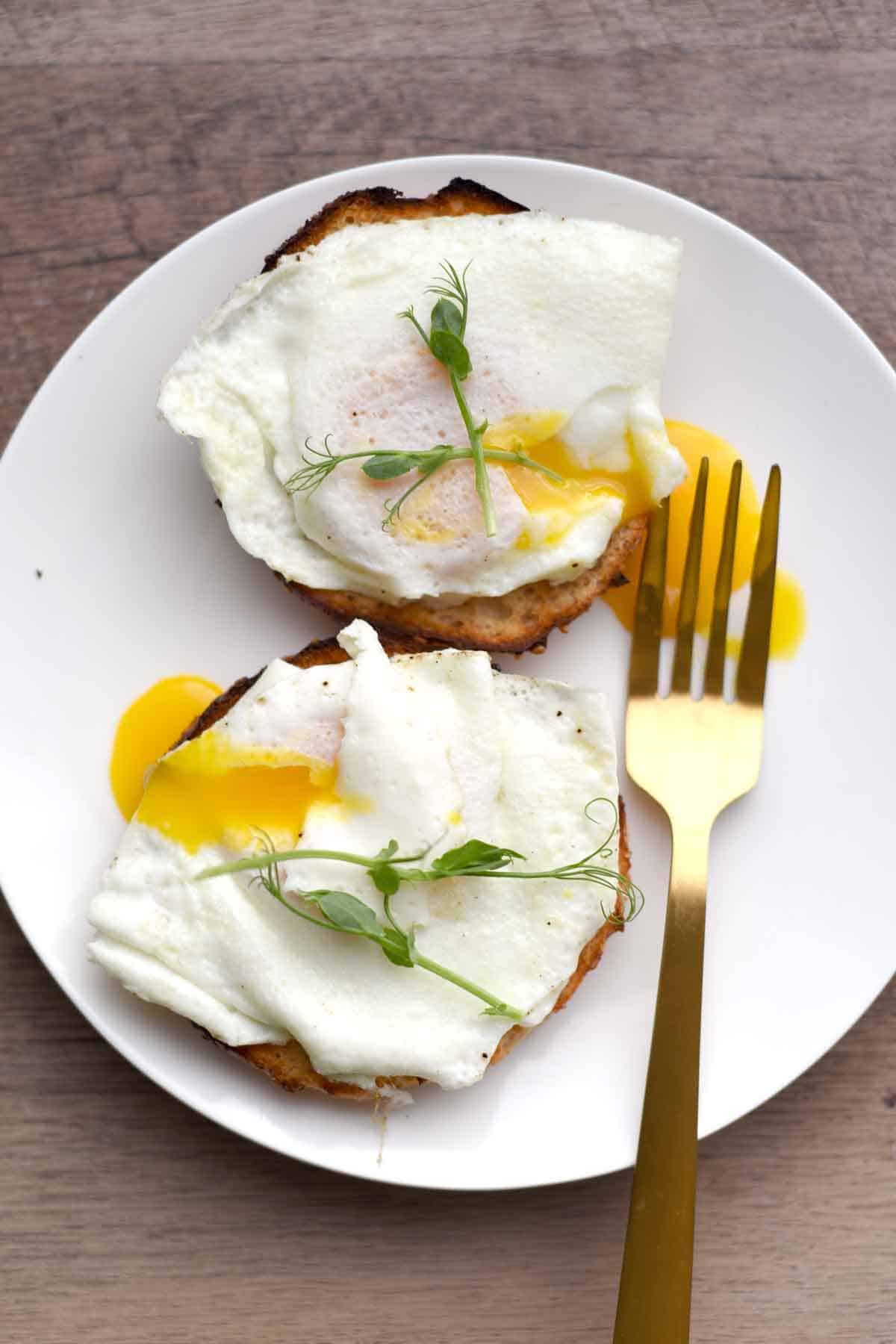
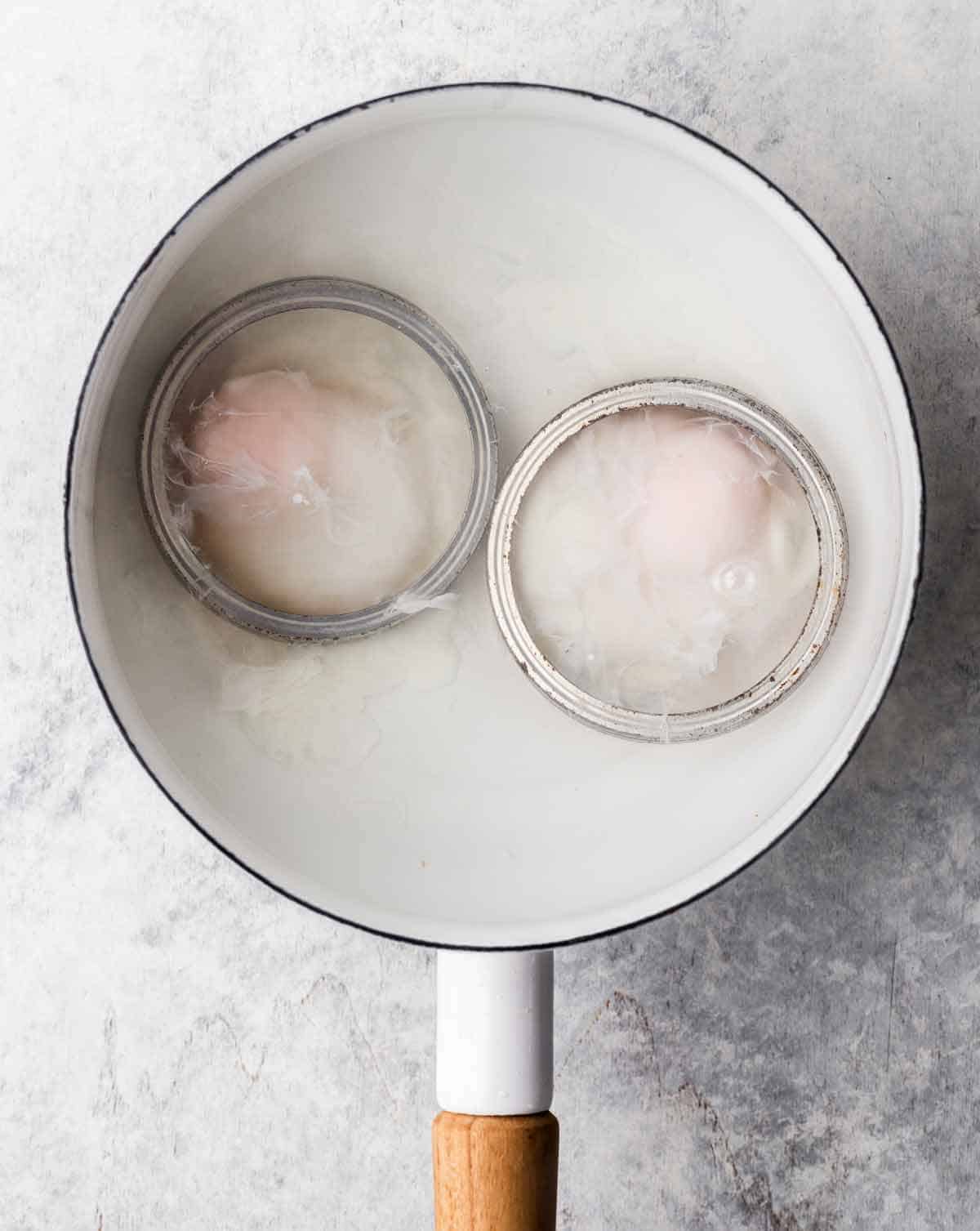
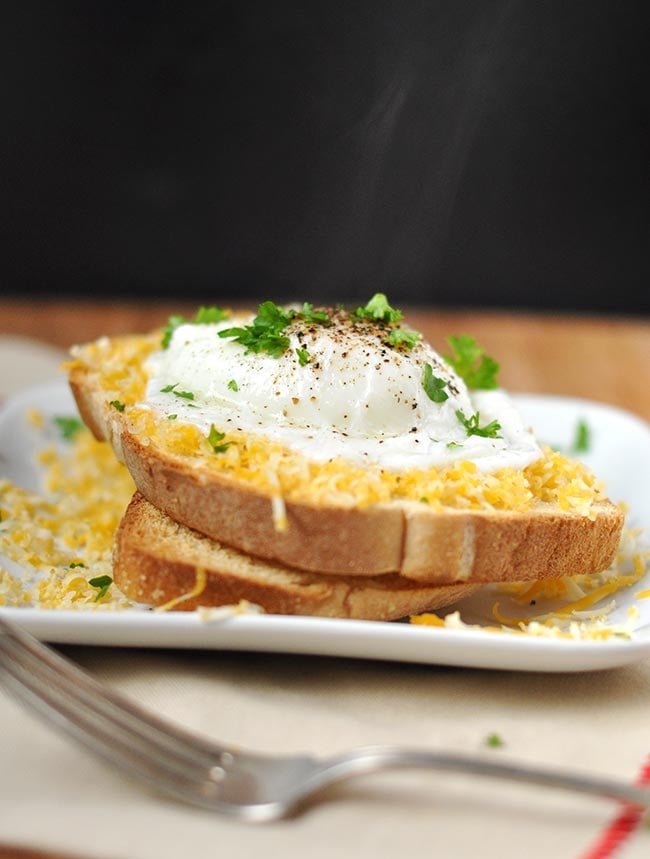
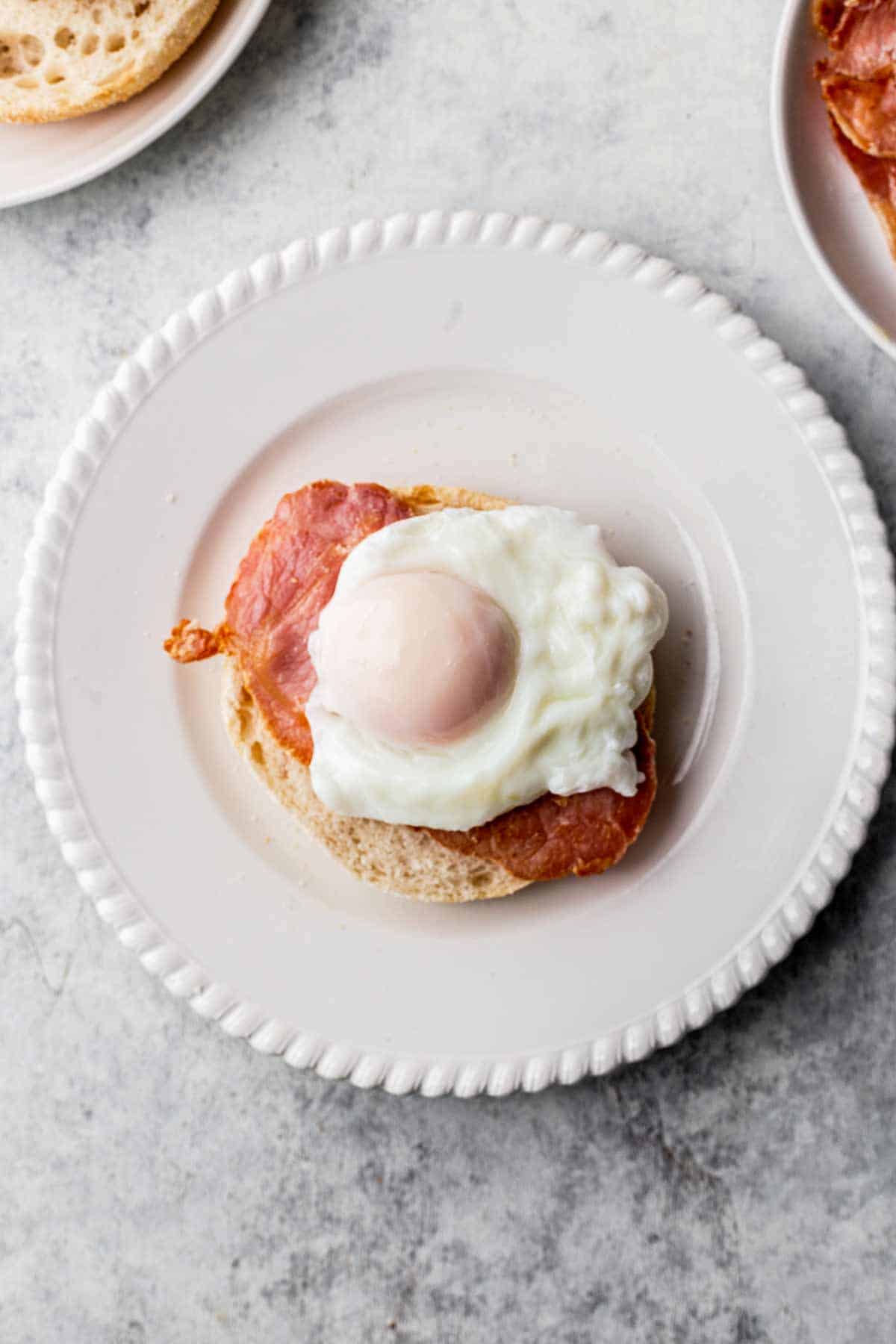



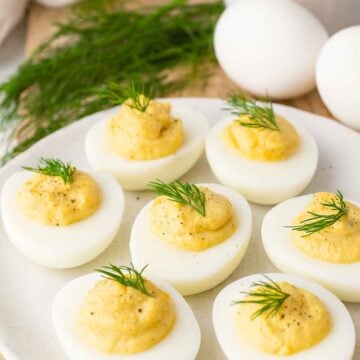
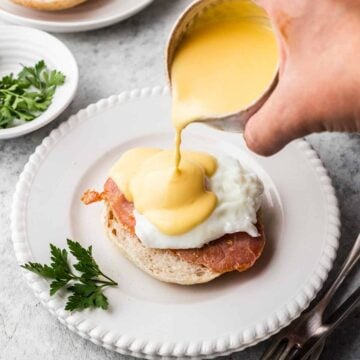
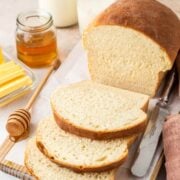

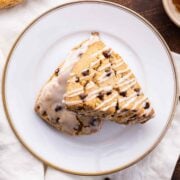

Janine says
I can't believe how easy this recipe is. I lost my egg poaching pan during a move and have not made poached eggs since. I don't like how they come out in boiling water. I truly enjoyed my breakfast this morning and have already passed the recipe on to my 2 daughters. So easy... so delicious...
Ethelyn Dietrich says
I have been poaching eggs in bulk for 5 years and have developed similar techniques by trial and error. The salt density is important to keep the eggs suspended in the water (I use the same salinity as sea water) but I was grateful for your suggestion to add acid (having no acetic acid to hand, I used lemon juice). With really fresh and really cold eggs, even the ‘thin’ white didn’t go thru the sieve so I used a colander to good effect. So, I’ve just poached 90 eggs for use in our breakfast place and only two had the yolks ‘escape’ their white. I did break the yolks on 5 more. I crack maybe 400 eggs a week but still haven’t found the perfect way to crack them! Any suggestions? Sharp edge or flat surface? I’d like to reduce the 5% wastage if you can help!
Angela G. says
I'm glad this is working out for you, Ethelyn! I have found that cracking an egg on a flat surface is ideal and causes less shell fragments and less broken yolks. And try to crack it at the "equator" of the egg.
Patti Crane says
If I fill the pan with water to just above the rim of the ring like your directions state, then water flows into the center of the ring and fills it up. Then when I try and crack my egg into the ring, the white just runs everywhere as the egg can't stay inside the ring due to the water level. I don't see how this works.
Angela G. says
Hi Patti, You do want water inside the ring. The key is to crack and empty the egg shell really slowly into the ring so the egg stays inside the ring. You can use a silicon spatula to guide any bits of egg that want to stray out of the ring if needed. The egg will start to cook and gel together quickly after that. Thanks for asking. Let me know if you have any other questions or troubles.